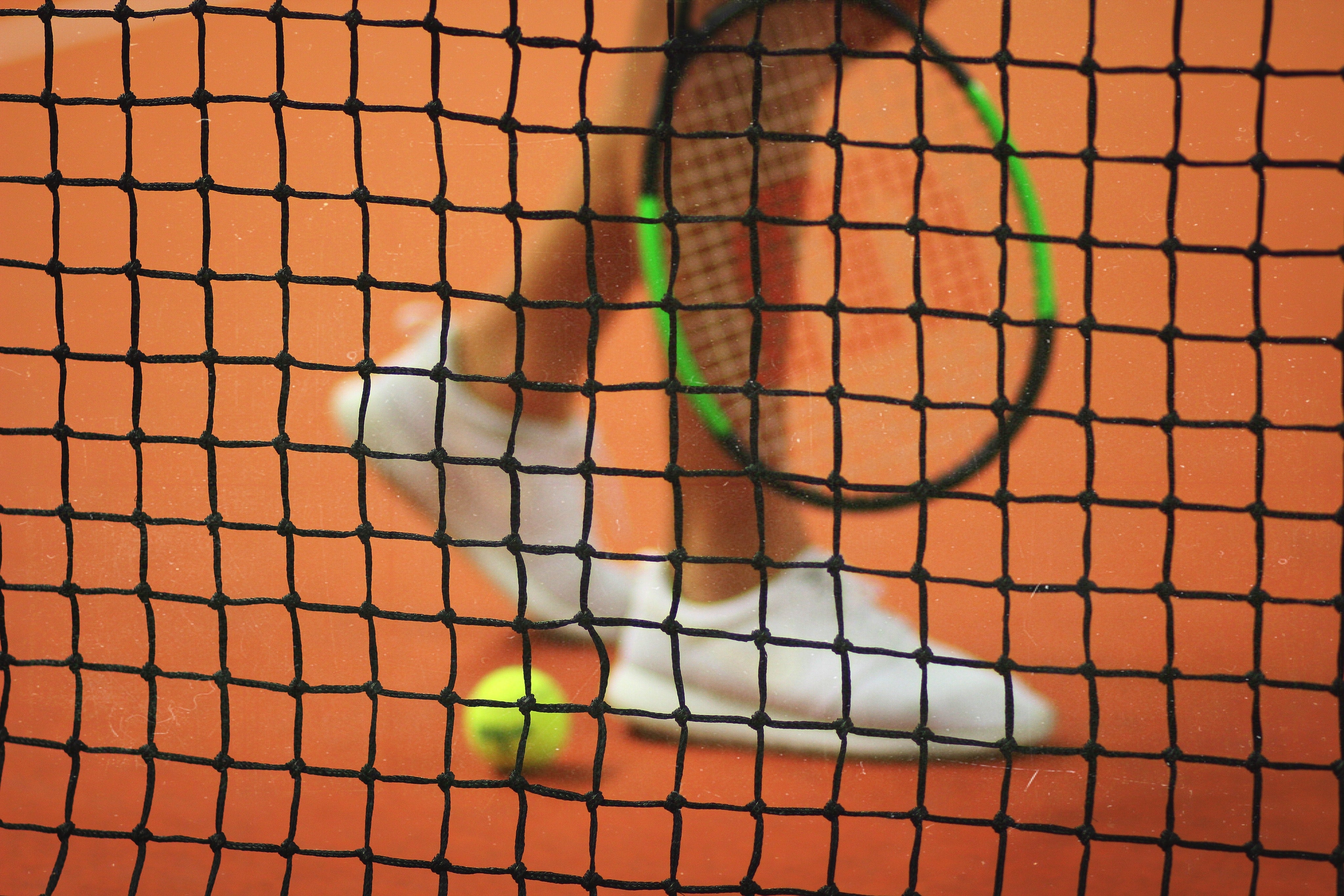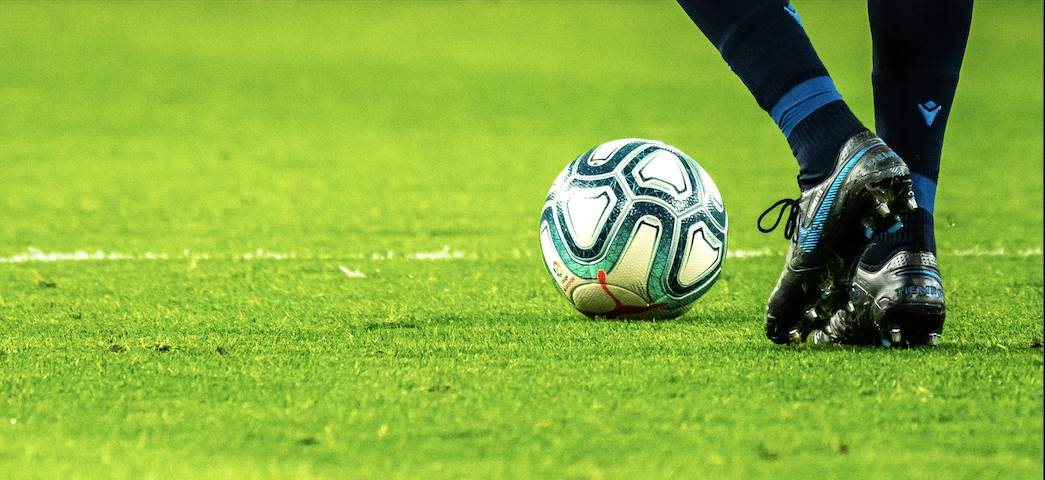I love running, but my knees definitely don’t! If you’re a runner, especially in a city like New York or Chicago, there’s a good chance you will experience some form of knee pain from the repetitive stress of running on tough surfaces like concrete.
Runner’s knee, also called patellofemoral pain syndrome (PFPS), is a condition that can cause pain around or behind the kneecap. The good news is that there are many stretches you can do to help ease the discomfort. This blog post will discuss some of the best runner's knee stretches and how to perform these stretches correctly. If you're dealing with runner's knee pain, give these stretches a try.
Stretches for Runner's Knee
Runner’s knee is a condition that can occur when the knee joint is overloaded with too much repetitive stress. The resulting pain can make it challenging to continue running or participating in other activities. Although runner’s knee often heals on its own, there are stretches you can do to help relieve the pain and speed up the healing process. These stretches are easy to do and can be incorporated into your everyday routine. If you are experiencing runner’s knee pain, give these stretches a try and see if they provide relief!
It is also important to remember that along with these stretches, you must be wearing the right apparel. The right kind of comfortable and easy-to-wear clothing can accelerate recovery. Additionally, compression clothing can prove beneficial in improving muscle soreness and performance. You can find the right kind of compression clothing and athletic adaptive wear (post surgery clothes) at Reboundwear.

Quadriceps Stretch
The quadriceps stretch works your hip flexors and quadriceps muscles, which can help reduce knee pain caused by weak supporting muscles. Stand up straight on one leg with the foot of the other leg lifted. Move your raised foot backward, bending your knee as much as possible. Grab your ankle with your hand on the same side as the lifted foot, and pull your foot towards your glutes until you feel a stretch in your thigh and the front of your hip. Ensure your tailbone is tucked underneath you, not pushed out, to improve your stretch results. Hold for 30 seconds, then switch legs and repeat.
Hamstring Stretch
The hamstring stretch works the muscles in the back of your thighs, which helps to loosen uptightness that can cause knee pain. Sit on the ground with one leg straight out in front of you and the other bent on the floor. Flex the foot of the straight leg and bend forward over that leg, reaching towards your foot until you feel a stretch in the back of your thigh. You may also feel this in your lower back or oblique muscles. If you can’t reach your foot but want to improve your hamstring stretch, you can always use a towel to assist you! Just grab a kitchen towel, loop it around your foot, and grab the ends, pulling yourself closer to your extended foot. Hold for 30 seconds, then switch legs and repeat.
Calf Stretch
Stretching your calf muscles helps loosen up tightness that can cause knee pain when running or walking. Stand facing a wall with your hands on the wall for balance. Extend one leg behind you so that it is straight with the foot flat on the ground and the heel planted firmly. Bend your front knee forward while keeping your back leg straight until you feel a stretch in your calf muscle. Hold for 30 seconds, then switch legs and repeat. You can also stretch your calves against a wall by standing on one leg, flexing the foot of the lifted leg, and pressing that foot into the wall, with the back of your heel touching the ground. Once your foot is resting on the wall, you can start shifting your weight around to stretch different areas of your calves. You can always use the wall to support yourself if needed.
Seated Toe Touch
Seated toe touch is another great way to stretch your calf muscles.Sit on the ground with your legs extended in front of you and flexed at a 90-degree angle. Keeping your knees together, reach for your toes with both hands. Hold for 15 seconds, then switch legs and repeat.
Seated Toe Point
Stretching your Achilles tendon helps loosen up tightness that can cause knee pain when running or walking. Sit on the ground with your legs extended in front of you, with your toes pointed. With your knees together, flex one foot toward the ceiling, keeping both heels planted firmly on the ground. Hold for 15 seconds, then switch sides and repeat.
Exercises for Runner's Knee

Scissor legs
This exercise helps strengthen the muscles in your leg that support healthy knee function. To do it, lay on your back, with both legs bent and feet flat on the floor. Straighten one leg, and raise it towards the ceiling. Be sure to keep both hips level and on the floor! Hold for 3-5 seconds, then lower your leg and repeat on the other side; this should be done in about ten times.
Wall sits
Stand with your back against a wall, feet shoulder-width apart. Slide your back down the wall, bending your knees until they are at a 90-degree angle. Hold for as long as you can.
Calf raises
Place your feet hip-width apart (or a little closer) and raise your heels off the ground, keeping your toes facing forward. Try to direct your weight to go over your second toe, not your big toe. This will help to maintain balance. You should also make sure your ankles are straight and not bending inwards or outwards when you raise or lower down. Hold for a few seconds, then lower them and repeat. You can do this by a wall for support if you need it!
Quadriceps extensions
Lie on your back, with your legs bent and feet flat on the floor. Propping yourself up on your elbows, place your arms by your sides. Tighten your abdominal muscles and straighten one leg at a time. Make sure you keep that foot's heel in contact with the floor. You can place a towel under your foot to help you glide more quickly or use a thin hardcover book if you are working out in a carpeted area. Hold for a few seconds, then lower it and repeat.
One of the most important things you can do for your body is stretch and strengthen muscle groups. Stretching helps keep you limber and flexible, which is essential as you get older; it can also help improve your range of motion and prevent injuries. Regular exercise keeps these muscles strong and supportive, reducing the risk of injury. These stretches and exercises are a great way to alleviate a runner's knee pain. If the pain does not begin to subside after a few days of rest, stretching, and these PT-based exercises, consult a physician for further treatment options.
Physical Therapy for Runner's Knee

Runner's knee is a condition that can be treated with physical therapy, which a doctor prescribes. Physical therapy may include exercises and stretches like these to help improve the range of motion in your knee and strengthen the muscles around it. In physical therapy, you and your therapist will tailor a treatment plan of exercises and stretches to get you back to exactly where you need to be, whether running along a reservoir or running track for a team. You will be instructed to perform these exercises every day until your injury has healed and may even be required to continue serving them to maintain the health of the injured area.
Additionally, introducing other forms of exercise, like bike riding, can help to stretch the muscles around your knee. Ice therapy may also be recommended as it reduces inflammation and pain. It is essential to talk to your physical therapist about which exercises and physical therapy treatments are right for you.
Runners Knee Recovery Time

Runners' knee recovery time can vary depending on the extent of the injury and how well you adhere to your treatment plan. Most people will see a significant improvement within four to six weeks, but some may take three months. Listening to your body and easing back into running gradually is essential. If you experience any pain or discomfort while stretching, stop and consult your doctor.
In most cases, you can treat runners' knees with stretches and exercises. However, if the pain does not go away after a few weeks of stretching, you may need physical therapy or other treatment options. Talk to your doctor about what recovery will look like for you.
What causes runner's knee?

There are many reasons you might have a runner's knee. You may be predisposed to it because your legs and pelvis move when you run (your biomechanics). If you seek treatment from a physical therapist, they will be able to diagnose and treat this. Runner’s knee could also result from a direct blow to your kneecap or repetitive damage to the cartilage underneath it, causing pain and swelling. Below is a list of things that can aggravate a runner’s knee and should be avoided while healing.
Poor Footwear
If you run in old and worn shoes or any shoes that don’t provide enough support, it causes your knees to work harder and absorb more impact than they would otherwise. Additionally, your calf muscles can shorten if you frequently wear high heels. If your calf muscles shorten, your kneecap isn't guided properly in its position. These alignment issues can lead to or aggravate the runner’s knee. When you walk in flat shoes or bare feet, your knees can also be misaligned. This can cause pressure to build up between your kneecap and the cartilage, leading to pain and swelling.
Exercising on hard surfaces
When you run or walk on a hard surface like asphalt or concrete, your knee absorbs more shock than when you exercise on a softer surface, like a running track. This can cause the cartilage beneath your kneecap to wear down over time and lead to runner's knee.
Doing too much, too soon.
Suppose you're new to running or haven't exercised in a while. When your body isn't used to the repetitive stress of exercise, it can lead to pain and inflammation. You might also be more likely to develop a runner's knee if you increase your mileage or intensity quickly.
Worn Cartilage
As we age, repetitive movements cause our cartilage to wear away at the joints. When this happens, it can cause pain in your knee joints and is often the leading cause of the runner's knee.
If you're experiencing any of the symptoms of runner's knee, it's best to see a doctor for an accurate diagnosis and treatment plan. There are many ways to treat a runner's knee, like at-home care, physical therapy, footwear adjustments, and the introduction of new exercises. It is vital to recognize the cause of your runner’s knee so you can perform the most effective stretches and alleviate the pain!
Conclusion
To conclude, stretches are an important part of runners' knee rehabilitation. Many stretches can help to improve flexibility and reduce pain. By incorporating a few simple stretches into your routine, you may be able to reduce your symptoms and get back to running sooner. If you are experiencing prolonged symptoms of pain in your knee, be sure to consult with a doctor or physical therapist for stretches that may specifically help you. And always remember to listen to your body - if any stretch feels uncomfortable or painful, stop immediately and seek medical advice.





Leave a comment
All comments are moderated before being published.
This site is protected by hCaptcha and the hCaptcha Privacy Policy and Terms of Service apply.